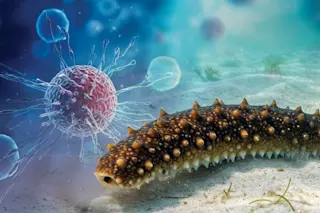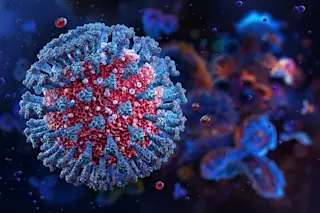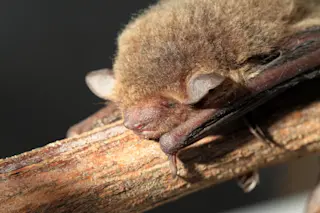Cancer of the cervix is diagnosed in more than 15,000 American women each year, and it kills almost 5,000 of them. Most of those cancers are thought to result from infection by the sexually transmitted human papillomavirus. For this virus, cancer is a reproductive method: it reproduces its own genes by inserting them into the dna of cervical cells and causing those cells to divide uncontrollably. But now pathologist Tzyy- Choou Wu and his colleagues at Johns Hopkins may have found a way to fight the deadly disease. They have developed a vaccine that in mice both destroys cancerous cells and prevents new tumors from forming.
Hiding inside cervical cells, the papillomavirus normally escapes a full-fledged immune response. Wu’s vaccine is designed to smoke it out. The vaccine consists of a key viral protein--the one that triggers cervical cells to grow out of control--attached to another protein called lamp-1 and inserted into a harmless vaccinia virus. When the vaccinia is injected into a mouse, it gets gobbled up by macrophages and other immune sentinels; inside these cells, lamp-1 then ferries the papillomavirus protein to an internal organelle, called a lysosome, where the protein is broken into bits and sent to the cell surface for display. The display alerts passing T cells that it is time to multiply and fan out to destroy any other cells that contain the viral protein.
Attaching the protein to lamp-1, says Wu, was the critical trick that enabled his vaccine to succeed. By alerting T cells, it unleashes the full power of the immune system to attack and kill tumor cells. Wu inoculated 30 mice with the vaccine, waited a month, and then injected them with tumor cells similar to those found in cervical cancer. Eighty percent of these mice remained free of tumors three months later; in contrast, unvaccinated mice all developed tumors within three weeks. Wu also tested the vaccine on mice that had previously had tumor cells injected into them. They stayed tumor-free, whereas control mice developed tumors within two weeks.
Although the vaccine might one day be given to healthy women as a preventive measure, Wu believes that it could prove most useful now in treating women who are left with cancerous cells after a cervical tumor has been surgically removed. Surgeons cut what they can cut, he says. But for those tumor cells that are spreading out, there is no way the surgeon can cure them. Wu says he hopes to see clinical trials of the vaccine begin next year.














